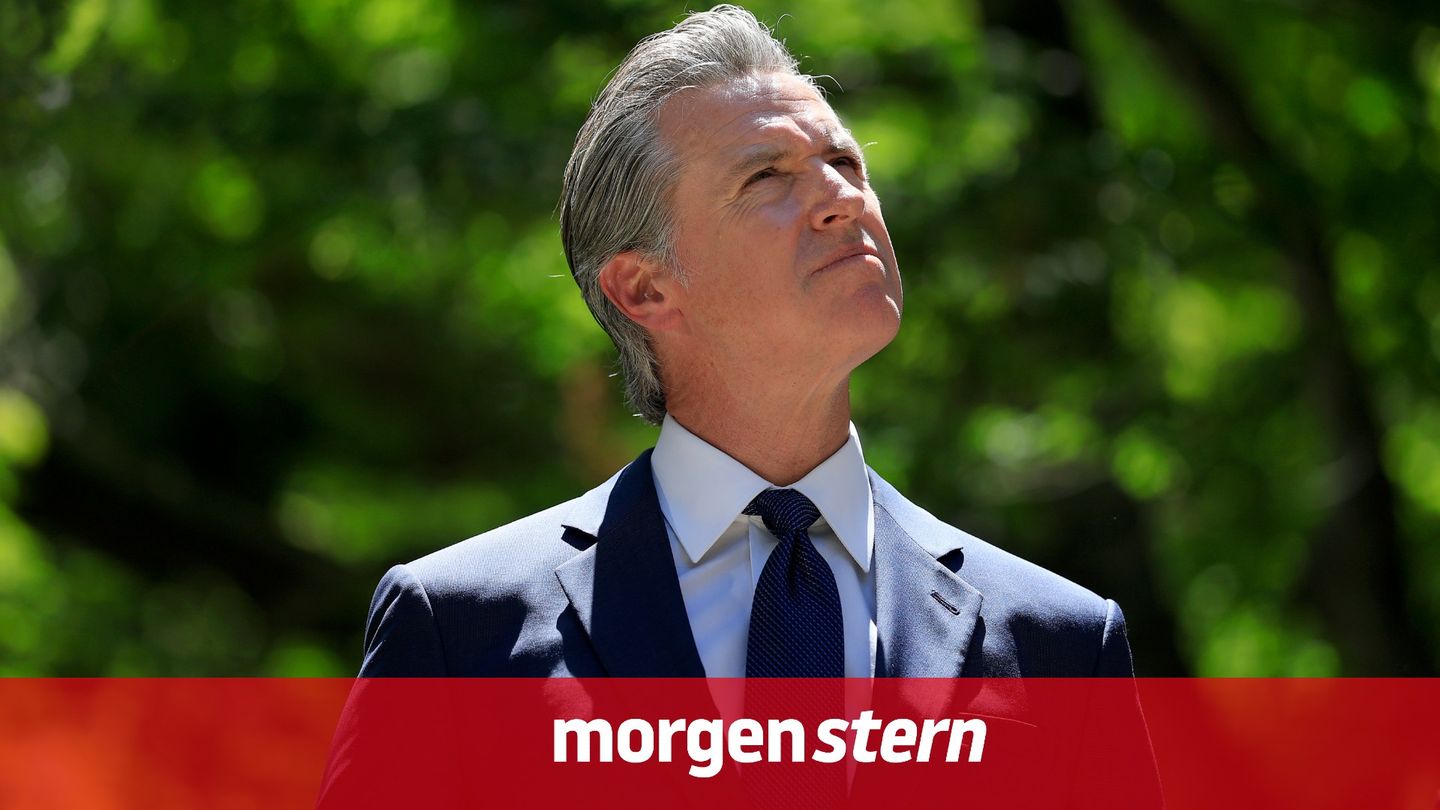According to the World Health Organization (WHO), smoking is not only bad for your health, but also for the environment. Accordingly, the tobacco industry is one of the “biggest polluters in the world,” according to the UN organization. According to the WHO, the production and consumption of tobacco costs more than eight million lives, 600 million trees, 200,000 hectares of land and 22 billion tons of water every year and releases around 84 million tons of climate-damaging carbon dioxide (CO2).
The amount of CO2 is equivalent to the emissions of about 17 million gasoline-powered cars annually, according to the report, entitled “Tobacco: Poisoning Our Planet”. In addition, more and more forest is being cut down.
Tobacco is grown primarily in poorer countries, where arable land and water are often in dire need of food production. “Instead, they are used to breed deadly tobacco plants,” says the WHO report. Up to a quarter of all tobacco farmers also fell ill with green tobacco disease, poisoning caused by nicotine absorbed through the skin, explained the WHO Director for Health Promotion, Rüdiger Krech. Farmers who handle tobacco leaves all day would ingest the equivalent of 50 cigarettes of nicotine per day. This is particularly worrying for the many children who work in tobacco growing.
Tobacco products contained more than 7000 toxic chemicals that were released into the environment when discarded. Each of the estimated 4.5 trillion cigarette butts that end up in oceans, rivers, sidewalks and beaches each year can pollute 100 liters of water. Cigarette filters, packaging and e-cigarettes also contribute significantly to plastic waste.
Source: Nachrichten




